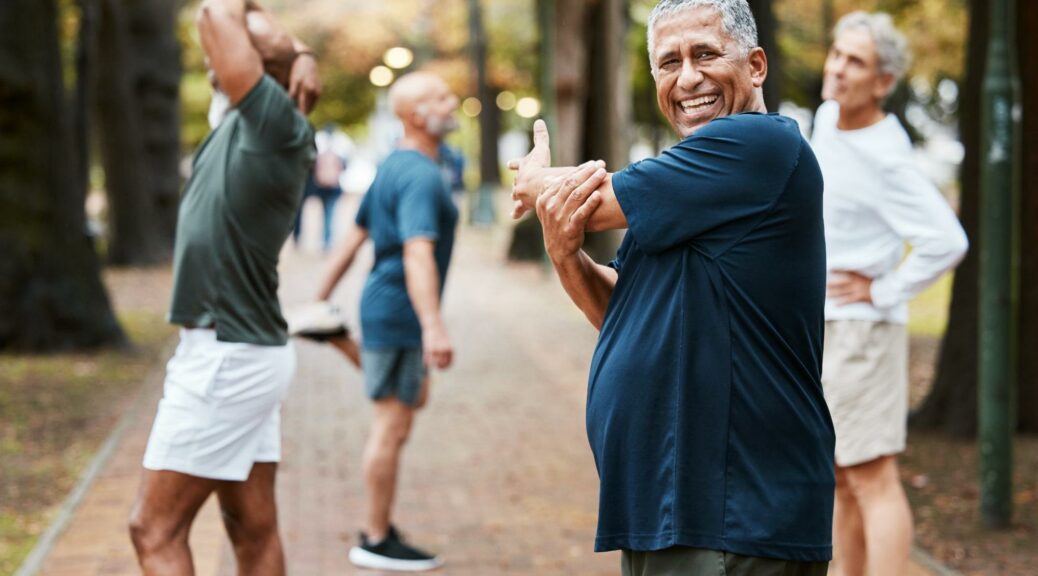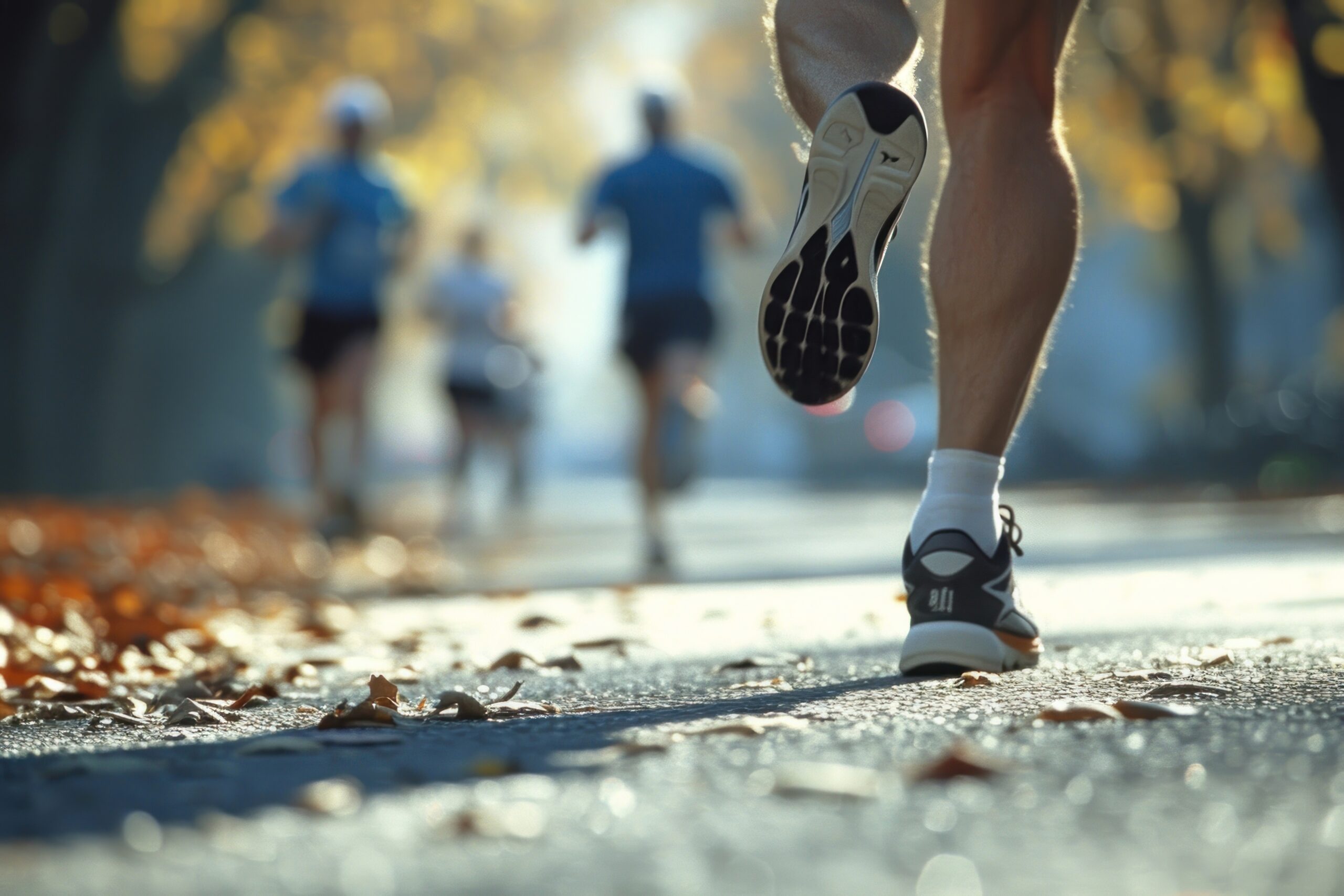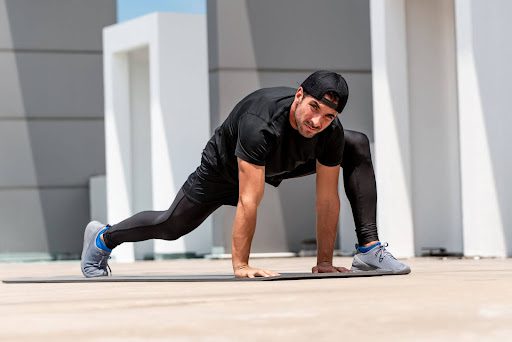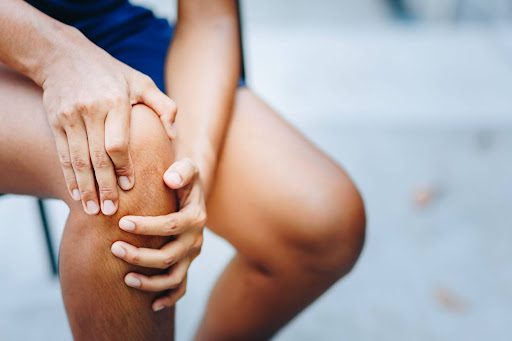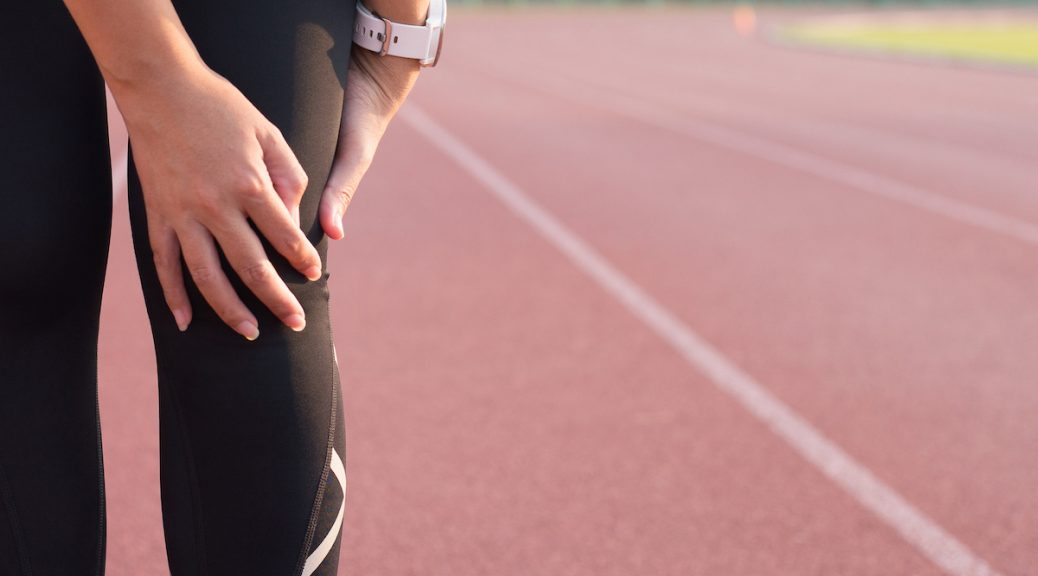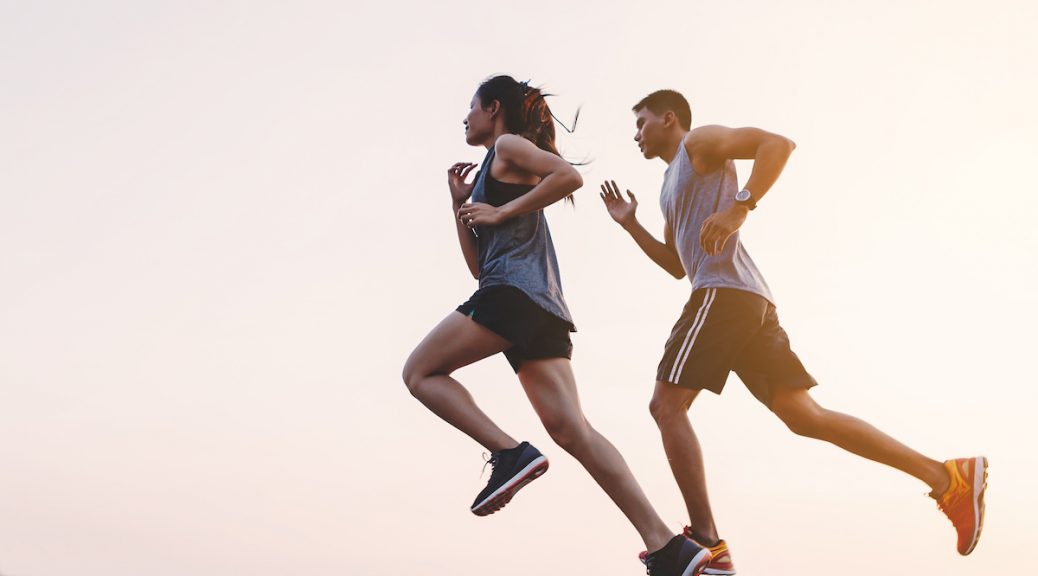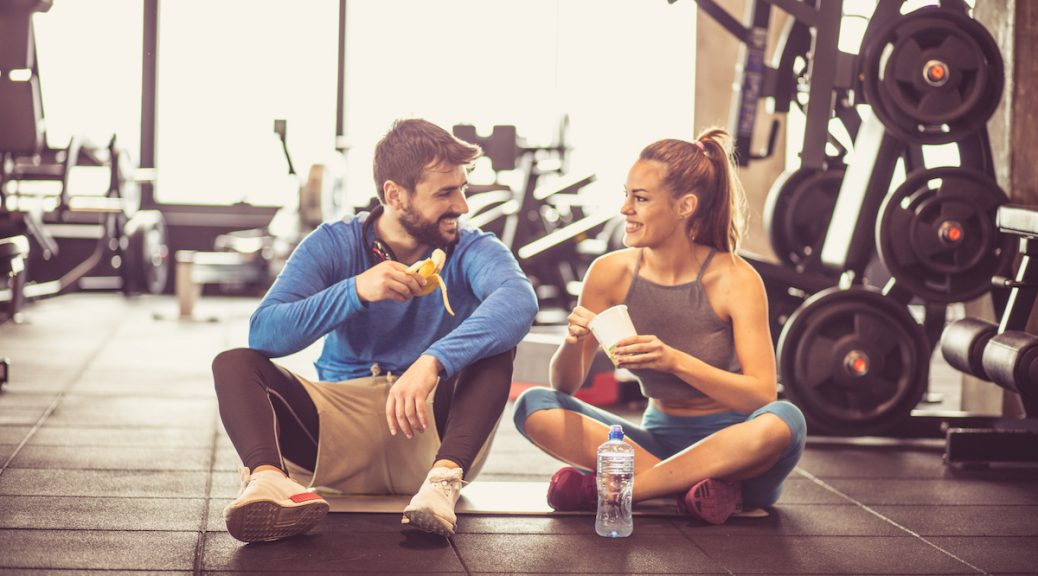Regular exercise is essential for maintaining good health, but it’s crucial to approach your workout routine with care. Many people overlook the importance of properly warming up and cooling down before and after exercise, which can increase the risk of injury and diminish the benefits of your workout. At Paris Orthopedics, we understand the significance of these preparatory and recovery steps, and we’re here to share our expertise on why you should never skip them.
The Importance of Warm-Up Routines:
- Increase Blood Flow and Oxygen Delivery: A warm-up gradually raises your heart rate, body temperature, and blood flow to your muscles. This increased blood flow delivers more oxygen and nutrients to your working muscles, preparing them for the upcoming physical demands.
- Enhance Flexibility: Warm muscles are more pliable and less susceptible to strains or tears. Proper warm-up exercises, such as dynamic stretching, can improve your range of motion and reduce the risk of injuries during your workout.
- Improve Muscle Activation: A warm-up primes your neuromuscular system, allowing your muscles to contract more efficiently and respond better to the upcoming physical challenges.
The Importance of Cool-Down Routines:
- Gradually Lower Heart Rate and Blood Pressure: After an intense workout, your heart rate and blood pressure remain elevated. A cool-down routine helps your body transition back to its resting state, preventing sudden drops that could lead to dizziness or lightheadedness.
- Promote Muscle Recovery: Cooling down with gentle stretching and low-intensity exercises helps remove lactic acid and other metabolic byproducts from your muscles, reducing soreness and facilitating recovery.
- Improve Flexibility: Similar to the warm-up, a cool-down can enhance your flexibility by stretching your muscles while they’re still warm, reducing the risk of tightness and improving your range of motion for future workouts.
At Paris Orthopedics, we recommend dedicating at least 5-10 minutes for both your warm-up and cool-down routines. Remember, these essential steps are not optional; they’re an integral part of a safe and effective exercise program. By incorporating them into your routine, you’ll not only reduce your risk of injury but also maximize the benefits of your hard work.
If you have any specific concerns or need guidance on developing an appropriate warm-up or cool-down routine, our team of experts at Paris Orthopedics is here to assist you. Stay safe, stay active, and prioritize your body’s wellbeing by never skipping these crucial steps.

